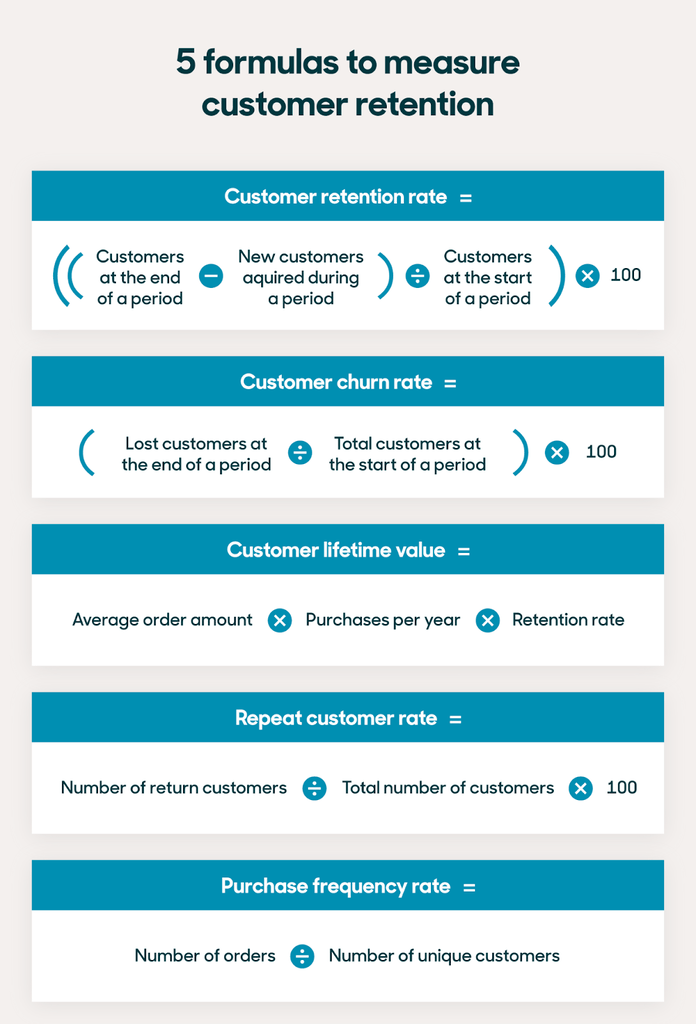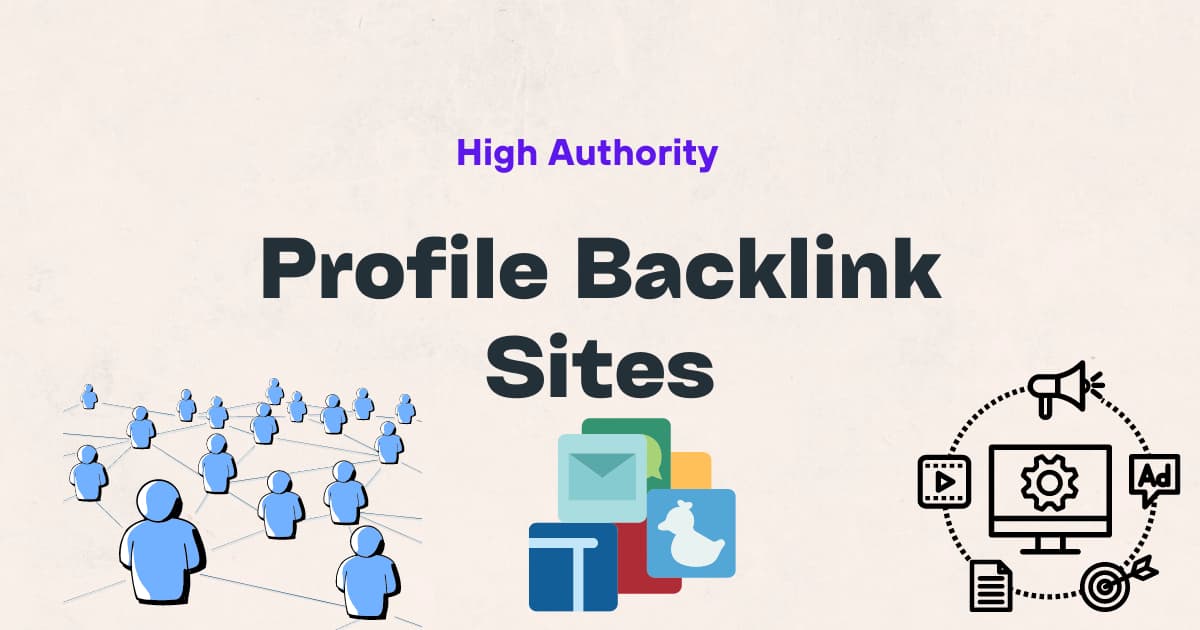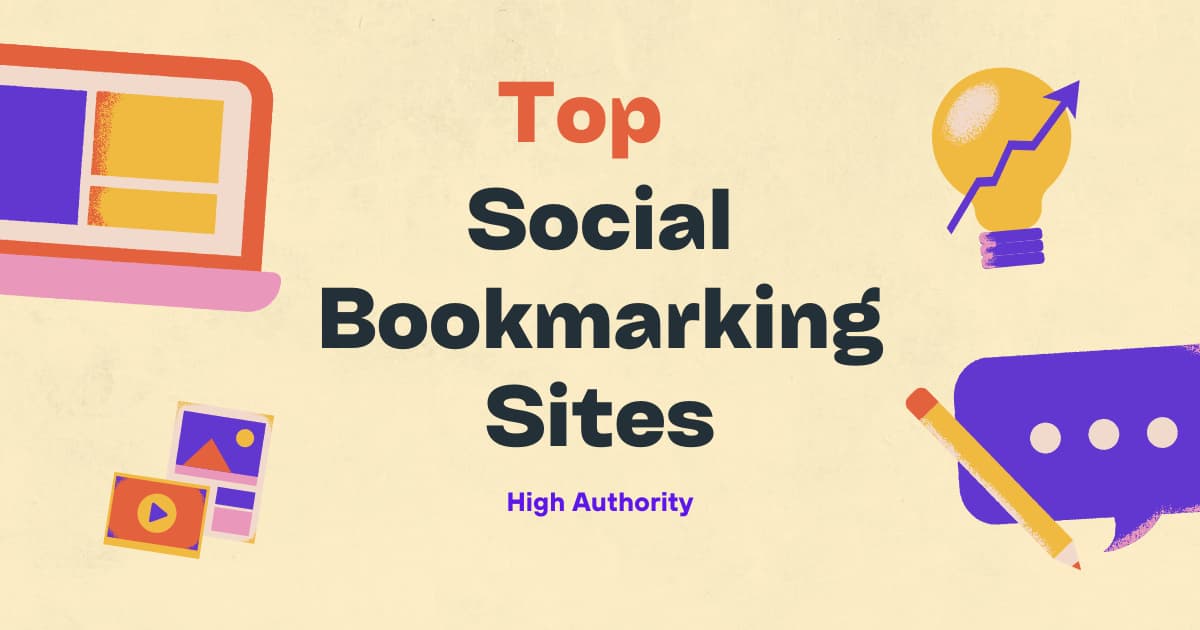Effective customer marketing strategies focus on building relationships and increasing customer loyalty through tailored campaigns and personalized messaging. By understanding customer preferences and behavior, businesses can create targeted promotions that resonate with their audience, leading to increased brand engagement and sales.
Customer marketing is an essential aspect of any business strategy, as it enables companies to connect with their existing customer base on a deeper level. The key to success lies in developing strategies that are personalized, relevant, and timely to drive customer retention and satisfaction.
In today’s competitive market, implementing strong customer marketing strategies can make a significant impact on a company’s bottom line. By fostering long-term relationships with customers through effective marketing initiatives, businesses can enhance brand loyalty and ultimately drive sustainable growth.
1. Segmenting Your Customer Base
Segmenting your customer base is a crucial step in developing strong customer marketing strategies. By dividing your customers into different segments based on specific criteria, you can better tailor your marketing efforts to meet their individual needs and preferences. This targeted approach allows you to connect with your audience on a deeper level, resulting in higher customer satisfaction and increased loyalty.
1.1 Demographic Segmentation
Demographic segmentation involves dividing your customer base based on identifiable characteristics such as age, gender, income, occupation, and location. This type of segmentation provides valuable insights into your customers’ basic demographics, enabling you to create marketing campaigns that resonate with their specific attributes and preferences.
For instance, if you sell products targeted towards a specific age group, knowing the age demographics of your customer base can help you tailor your messaging and product offerings accordingly. Similarly, understanding the geographical distribution of your customers can assist you in localizing your marketing efforts and targeting specific regions with relevant promotions.
1.2 Psychographic Segmentation
Psychographic segmentation focuses on understanding the psychological and behavioral characteristics of your customers. It involves analyzing factors such as their lifestyle, interests, opinions, values, attitudes, and motivations. This type of segmentation offers a deeper understanding of why your customers make certain purchasing decisions, helping you craft more persuasive marketing messages.
By segmenting your audience based on psychographics, you can create personalized marketing campaigns that address their unique needs, desires, and aspirations. For example, if you identify a segment of eco-conscious consumers, you can tailor your marketing messages to emphasize sustainability and environmental friendliness.
1.3 Behavioral Segmentation
Behavioral segmentation categorizes customers based on their actions, behaviors, and patterns of engagement with your brand. It involves analyzing factors such as purchase history, frequency of purchases, brand loyalty, and level of engagement with marketing materials.
Understanding your customers’ behavior allows you to design marketing strategies that align with their buying habits and preferences. For instance, if you have a segment of loyal customers who frequently purchase from your brand, you can develop loyalty programs or special discounts to reward their continued support. On the other hand, if you notice a segment of customers who have not made a purchase in a while, you can implement targeted re-engagement campaigns to reignite their interest.
Segmenting your customer base into different groups based on demographics, psychographics, and behaviors empowers you to create marketing strategies that truly resonate with your audience. By understanding your customers’ unique characteristics and preferences, you can deliver tailored messages, campaigns and offers that drive engagement, foster loyalty, and ultimately boost your business’s bottom line.

Credit: fastercapital.com
2. Understanding Customer Needs And Preferences
Strong customer marketing strategies are essential for businesses to thrive. Understanding customer needs and preferences plays a vital role in creating successful marketing campaigns.
2.1 Conducting Surveys And Interviews
Collecting customer feedback through surveys and interviews provide valuable insights.
2.2 Analyzing Customer Feedback
Thorough analysis of feedback helps in understanding customer sentiments and preferences.
2.3 Tracking Customer Behavior
Monitoring customer behavior aids in tailoring marketing strategies effectively.
3. Building Personalized Communication Channels
Delivering personalized communication to customers is essential for fostering strong relationships and driving long-term loyalty. By understanding the individual needs and preferences of your customer base, you can create targeted marketing strategies that resonate on a deeper level.
3.1 Creating Customer Personas
Understanding your audience is the cornerstone of effective marketing. By creating customer personas, you can segment your audience based on shared characteristics and behaviors. This allows you to tailor your communication and outreach efforts to each persona, ensuring a more personalized and relevant experience for your customers.
3.2 Leveraging Crm Systems
A Customer Relationship Management (CRM) system serves as a valuable tool for managing customer data and interactions. By leveraging CRM systems, you can track customer preferences, purchase history, and engagement metrics. This data can then be used to personalize communication and offers, leading to a more targeted and impactful marketing approach.
3.3 Implementing Marketing Automation
Marketing automation tools enable you to streamline the process of delivering personalized communication at scale. By automating tasks such as email campaigns, personalized recommendations, and targeted messaging, you can ensure that each customer receives relevant content at the right time. This not only increases efficiency but also enhances the overall customer experience.
4. Developing Engaging Content
Developing engaging content for your customer marketing plays a crucial role in capturing the attention of your target audience and maintaining their interest in your brand. By crafting compelling and valuable content, you can establish a strong connection with your customers, build trust, and ultimately drive engagement and loyalty. Here are some effective strategies for creating engaging content that resonates with your audience.
4.1 Storytelling And Emotional Appeal
Utilizing storytelling in your marketing content can evoke emotional responses and forge a deeper connection with your audience. Through narratives and personal experiences, you can convey the values and personality of your brand, making it more relatable and captivating for customers. By integrating emotional appeal, you can tap into the empathy and sentiment of your audience, fostering a sense of resonance and understanding.
4.2 Educational And Informative Content
Delivering educational and informative content to your customers not only positions your brand as a valuable resource but also establishes your authority and expertise in your industry. By sharing insights, tips, and industry knowledge, you can empower your audience and provide them with actionable information that adds genuine value to their lives.
4.3 Interactive And Experiential Marketing
Engaging in interactive and experiential marketing involves creating immersive experiences and opportunities for your audience to actively participate. This approach encourages direct engagement and involvement, allowing customers to interact with your brand in meaningful and memorable ways. Through interactive content such as quizzes, polls, and interactive videos, you can foster a sense of co-creation and personalization, enriching the overall customer experience.
5. Implementing Loyalty Programs
In today’s competitive business landscape, implementing loyalty programs is a pivotal strategy for nurturing strong customer relationships and fostering repeat business. Loyalty programs offer a range of benefits, including incentivizing customer engagement, driving sales, and cultivating brand advocacy. Below are several effective loyalty program strategies that businesses can leverage to maximize customer retention.
5.1 Points-based Programs
Points-based loyalty programs offer customers the opportunity to accrue points with each purchase, which they can subsequently redeem for rewards. By rewarding customers for their loyalty and repeat business, businesses can effectively cultivate a dedicated customer base.
5.2 Tiered Programs
Tiered loyalty programs segment customers into different tiers based on their level of engagement and spending. Each tier offers increasingly attractive rewards and benefits, providing incentive for customers to progress to higher tiers and thereby increasing their lifetime value to the business.
5.3 Surprise And Delight Initiatives
Surprise and delight initiatives involve unexpected gestures to express gratitude and appreciation to loyal customers, such as personalized discounts, exclusive access to events, or complimentary gifts. These initiatives not only foster a sense of exclusivity and appreciation among customers but also help to differentiate a business from its competitors.
6. Harnessing The Power Of Referrals
Referral marketing is a powerful strategy that can propel your business to new heights. When customers refer your products or services to their friends and family, it not only boosts your brand credibility but also attracts new potential customers. To fully harness the power of customer referrals, you need a comprehensive approach that includes incentivizing referrals, monitoring and tracking them, and promoting user-generated content. In this section, we will explore these strategies in detail.
6.1 Incentivizing Customer Referrals
One effective way to encourage customers to refer your business is by offering incentivized referral programs. These programs reward customers for referring others, creating a win-win situation for both parties. By providing your customers with attractive incentives, such as discounts, exclusive offers, or freebies, you can motivate them to spread the word about your products or services. It’s crucial to ensure that the incentives are valuable enough to entice customers, while still aligning with your business goals and profitability.
Moreover, another effective approach for incentivizing referrals is to establish a tiered referral system. With this system, customers are rewarded based on the number of successful referrals they make. For example, you can offer different rewards for one referral, three referrals, and five referrals. This not only increases the chances of customers referring more people but also fosters healthy competition among your existing customers.
6.2 Monitoring And Tracking Referrals
Once you implement a referral program, it’s essential to track and monitor the referrals to evaluate its effectiveness. By using advanced tracking tools and analytics, you can gain valuable insights into the number of referrals, conversion rates, and overall campaign performance. This data allows you to tweak your strategy, make improvements, and optimize your referral program for maximum success.
Setting up trackable referral links is a significant step in monitoring and tracking referrals. These unique links enable you to identify the source of each referral and accurately attribute it to the respective referrer. Additionally, by integrating referral tracking into your customer relationship management (CRM) system, you can efficiently manage and nurture these referral leads, ensuring personalized communication and follow-ups.
6.3 Promoting User-generated Content
One of the most powerful ways to leverage customer referrals is through user-generated content (UGC). UGC includes testimonials, reviews, social media posts, and any content created by your customers about their experiences with your brand. By actively encouraging and promoting UGC, you not only amplify the reach of positive customer experiences but also establish social proof, which builds trust and authenticity.
You can showcase user-generated content on your website, social media platforms, and even incorporate it into your email marketing campaigns. This not only helps in attracting new customers but also increases engagement and fosters a sense of community around your brand. Encourage your customers to share their experiences and offer incentives, such as featuring their content on your website or offering exclusive discounts for sharing UGC on social media.
7. Providing Exceptional Customer Service
Exceptional customer service is a cornerstone of strong customer marketing strategies. When customers have a positive experience with a company, they are more likely to become loyal advocates and recommend the brand to others. To truly provide exceptional customer service, businesses should focus on various aspects, including training and empowering their customer support team, implementing chatbots and AI, and proactively resolving issues.
7.1 Training And Empowering Customer Support Team
A well-trained and empowered customer support team is essential for delivering exceptional customer service. These team members are on the front lines, interacting directly with customers and addressing their concerns or queries. To ensure they are well-equipped to handle any situation, regular training sessions should be conducted to enhance their knowledge and skills.
Empowering the customer support team enables them to make decisions independently and take ownership of customer issues. This not only boosts their confidence but also allows for quicker resolutions. Moreover, providing a supportive work environment fosters a positive mindset and encourages the team to go the extra mile to satisfy customers.
7.2 Implementing Chatbots And Ai
Chatbots and AI have revolutionized customer service by providing instant support and freeing up valuable human resources. By implementing these technologies, businesses can improve their response times and ensure round-the-clock availability. Chatbots can handle common queries and provide basic information, while AI-powered systems can analyze customer data to personalize interactions.
When customers receive prompt and relevant assistance, it enhances their overall experience. Additionally, chatbots and AI can assist customer support teams by routing inquiries to the appropriate channels, saving time and reducing the workload. This efficient handling of customer service requests can lead to higher customer satisfaction.
7.3 Proactive Issue Resolution
Proactively resolving issues before customers even reach out can significantly improve their perception of the brand. By monitoring customer interactions and leveraging data analysis, businesses can identify trends and potential problems in advance, allowing them to take preventive measures.
Timely communication and transparency regarding any issues or delays can help manage customer expectations and minimize frustration. A proactive approach shows customers that their satisfaction is a priority and builds trust in the brand. Ultimately, this can lead to increased customer loyalty and advocacy.

Credit: www.zendesk.com
8. Measuring And Analyzing Customer Loyalty
`Measuring and Analyzing Customer Loyalty involves implementing strategies to assess how satisfied and loyal customers are. By utilizing various metrics and techniques, businesses can gain valuable insights into customer behaviors and preferences.`
`8.1 Customer Satisfaction Surveys`
`Customer Satisfaction Surveys help gather feedback to measure overall satisfaction levels and identify areas for improvement.`
`8.2 Net Promoter Score (nps)`
`Net Promoter Score (NPS) evaluates customer loyalty by measuring the likelihood of customers to recommend a company to others.`
`8.3 Customer Lifetime Value (clv)`
`Customer Lifetime Value (CLV) assesses the total revenue a customer will generate throughout their relationship with a business.`

Credit: fastercapital.com
Frequently Asked Questions Of Strong Customer Marketing Strategies
What Are The 4 Customer Driven Marketing Strategies?
The 4 customer driven marketing strategies are segmentation, targeting, positioning, and differentiation. These focus on understanding customers, identifying target segments, positioning products effectively, and highlighting unique features.
What Are The 5 Key Marketing Strategies?
The 5 key marketing strategies include market segmentation, targeting, positioning, promotion, and analyzing competition. These strategies help businesses identify their target audience, differentiate themselves in the market, effectively promote their products or services, and stay competitive by monitoring and analyzing the competition.
What Are The 3 C’s Of A Customer Driven Service Marketing Strategy?
The 3 C’s of a customer-driven service marketing strategy are Customer, Competition, and Company. It involves focusing on the needs of the customers, analyzing the competition, and aligning company resources and efforts accordingly. This strategy helps businesses provide the right products or services to the right customers, thereby gaining a competitive advantage in the market.
What Are The 4 Core Marketing Strategies?
The 4 core marketing strategies are: product, price, place, and promotion. These strategies encompass the key elements of a marketing plan. Each element plays a crucial role in reaching and engaging the target audience.
Conclusion
Incorporate these customer marketing strategies to strengthen your brand and boost engagement. Consistently analyze data for improvements. Keep communication open and develop personalized interactions. Remember, successful marketing stems from understanding and meeting customer needs. Implement these strategies today for long-term success.



